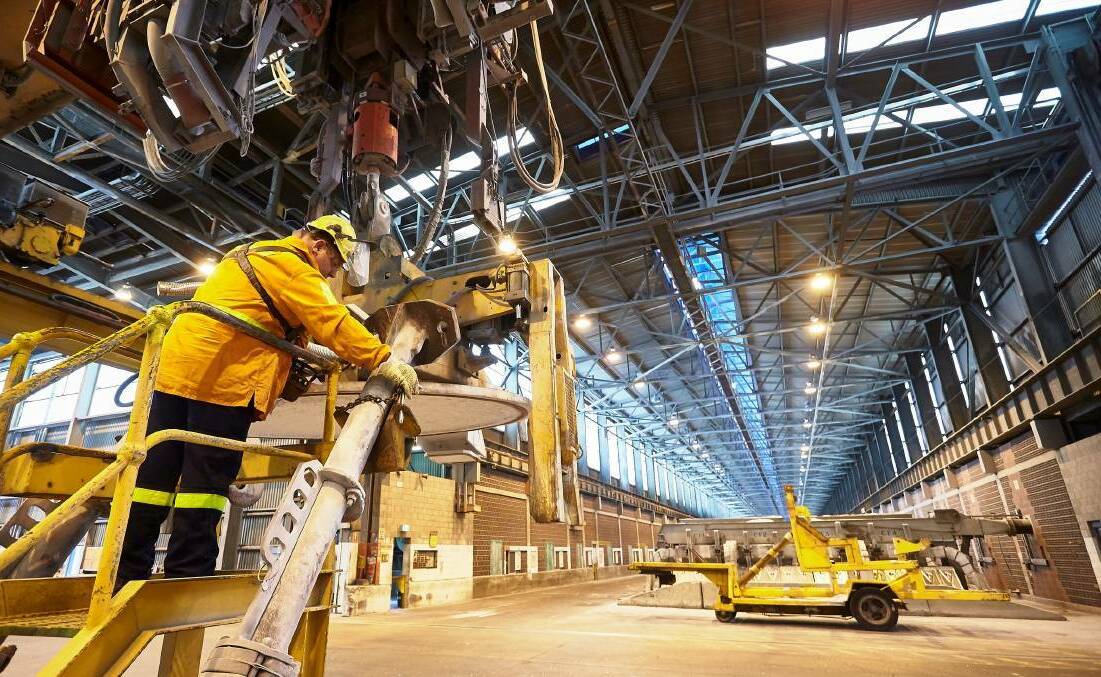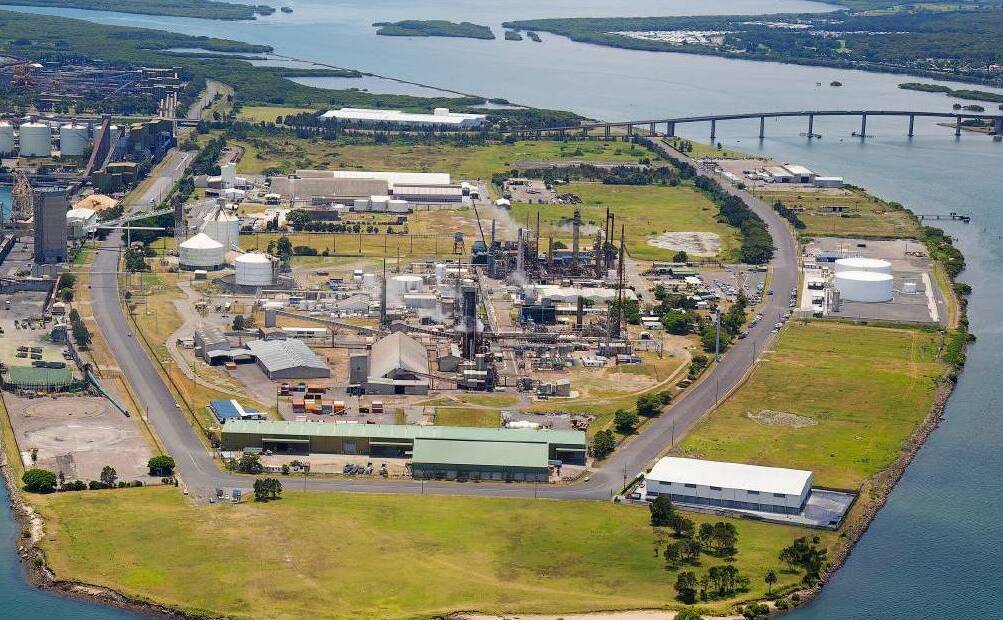
The part-owner of Tomago Aluminium, Rio Tinto, has welcomed a support package to assist heavy industries work towards decarbonisation targets.
The smelter, which is the state's largest electricity consumer, is among a group of large emitters that will face binding emissions caps from July 1 under a revamped safeguard mechanism.
Rio Tinto chief executive, Kellie Parker, commended the policy for providing crucial support to heavy industry.
"We will need to work through the details to see exactly what it means for all of our assets, but the government's climate ambitions align with our own commitment to net-zero emissions by 2050," Ms Parker said.
"We really appreciate the support of government as we pursue the decarbonisation of our assets."
Tomago Aluminium, which is aiming to transition to 100 per cent renewable electricity before 2029, is seeking "new and innovative" investment and collaboration proposals to develop renewable generation and storage products.

An Australian Industry Energy Transitions Initiative report published last year estimated that an $8 billion investment in transmission storage infrastructure will be needed if the smelter was to make the switch to clean energy.
The report also estimated that the energy sector would need to spend more than $2 billion on new infrastructure if Orica's Kooragang Island plant was to fully decarbonise its operations.
The company is aiming to source 100 per cent renewable electricity by 2040.
Orica and the state government are co-investing $37million in tertiary abatement technology, designed to eliminate at least 567,000 tonnes of carbon dioxide emissions a year, which would reduce the Kooragang Island plant's total emissions by 48 per cent.
The safeguard mechanism was set up under the Coalition government to encourage the biggest emitters to reduce pollution and with limits to get tougher over time, but not fast enough for the Albanese government.
Climate Change and Energy Minister Chris Bowen said the mechanism had been ineffective at driving emissions reduction, which is why industry, business and scientists have been calling for reform.
Revamped, it is expected to cut the equivalent of two-thirds of Australia's car emissions this decade, or 205 million tonnes of abatement.
"Overall, these changes decline emissions baselines of safeguard-covered facilities by 4.9 per cent each year to 2030," he said.
The Business Council of Australia said the proposals are a "measured step" that provide greater certainty for business and put Australia on track to reach net zero emissions by 2050.
Carbon Market Institute chief executive John Connor said the draft rules are rightly focused on sending clear signals to boardrooms but additional guardrails need to be established at the outset to ensure integrity and scalability.
WHAT DO YOU THINK? We've made it a whole lot easier for you to have your say. Our new comment platform requires only one log-in to access articles and to join the discussion on the Newcastle Herald website. Find out how to register so you can enjoy civil, friendly and engaging discussions. Sign up for a subscription here.







